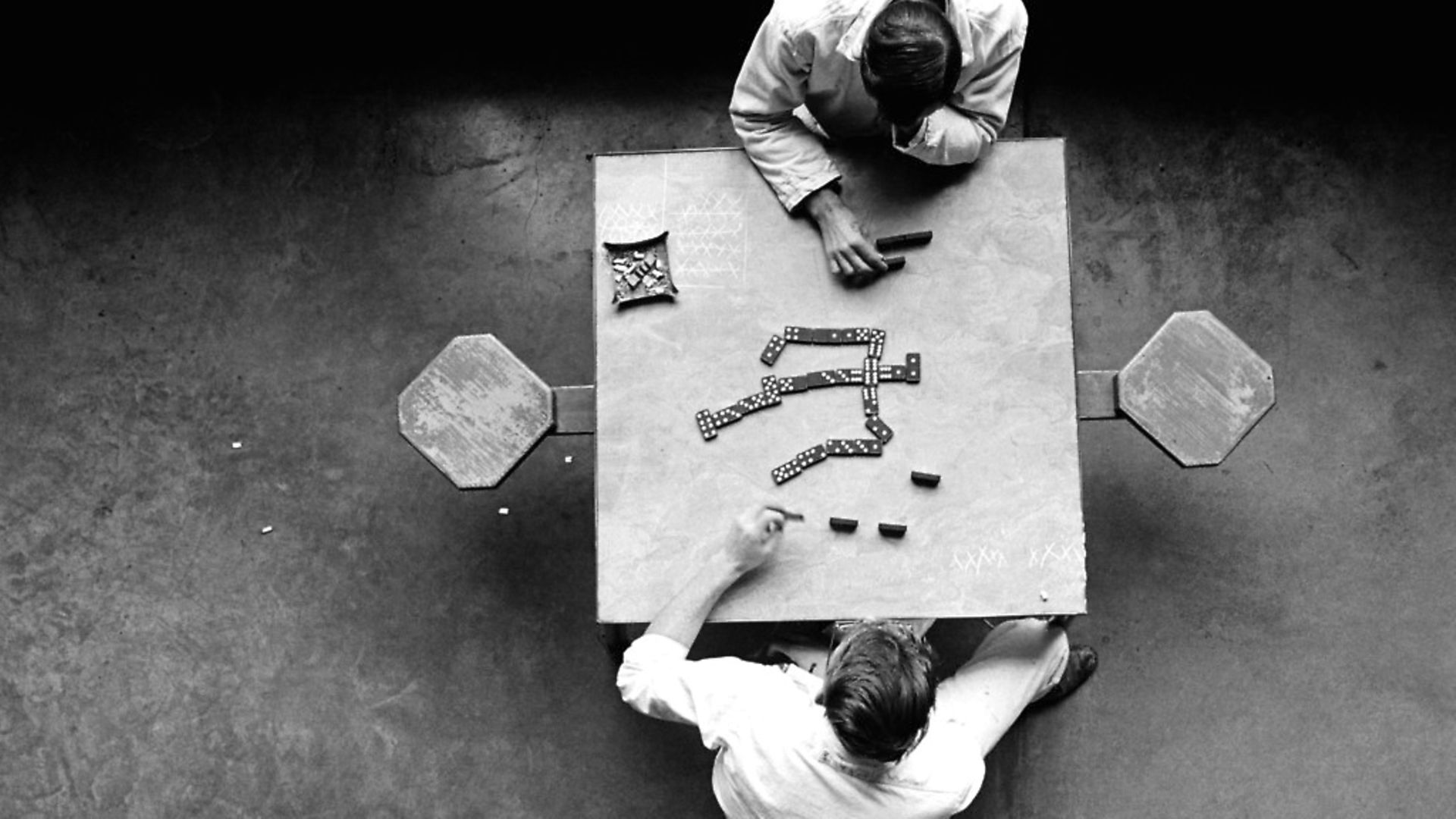
CLAUDIA PRITCHARD on a new exhibition telling the story of Magnum Photos, the agency which handed photographers control.
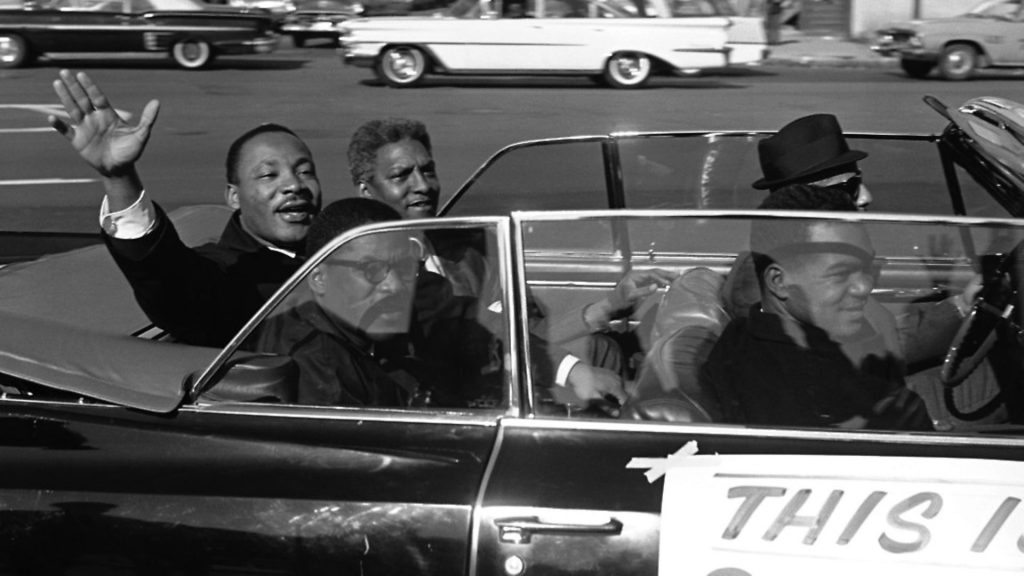
On the road with Martin Luther King, the fall of the Berlin Wall, the funeral train of Robert F Kennedy, terror attacks…. The landmark events of the past 70 years have been immortalised by photographers from the most famous picture agency on the planet that it records daily, Magnum.
It used to be one of the first things you learned in the newsroom: never crop a Magnum photograph. The dictum went back to the founding principles of the agency, born out of the desire of leading photographers to take control of their work.
Until Magnum Photos, publications held the rights of photographers’ work, usually done to commission. In the new world emerging from the Second World War, photographers whose role in wartime had been crucial, recognised that they could be pro-active rather than reactive. They wanted to choose their subjects and own the images that told their stories.
A healthy tension was born out of the desire of solo photographers to work collegiately while retaining their individuality, and the clash between documentary and artistic ambitions is ongoing. Myth and fact mingle over the choice of name, with its hints at volumes of champagne. What is known for sure is that established French photographer Henri Cartier-Bresson hit the roof when he saw the new agency’s first signboard did not include the word photography.
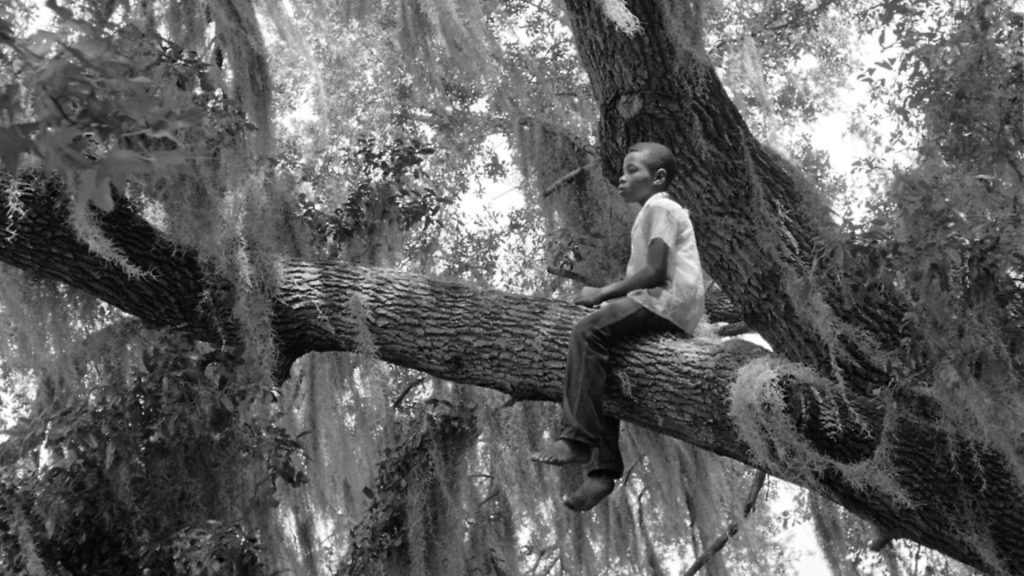
He was one of the four founder members in 1947, with Hungarian-born Robert Capa, chronicler of the Spanish Civil War, Pole David Seymour, known as Chim, American Bill Vandiver and the British photographer George Rodger. To Maria Eisner, who ran the Paris office, and Vandiver’s wife, Rita, in New York, fell the admin. The global reach of a Latin-based name and the fondness of Capa for champagne combined in the choice of Magnum as a name.
Magnum’s vast output over the years – 700,000 pictures are archived, and more than a million taken to date – is distilled into a few hundred that range far and wide across the limitless subjects in an exhibition touring the world, and making its sole British stop at Compton Verney, Warwickshire.
Dividing the first 70 years of Magnum into three sections, the collection, Magnum Manifesto, opens with the Universal Declaration of Human Rights, its principles of liberty, equality and dignity being those of the Magnum ethos. Key to its members’ work was the recording for posterity of ordinary lives, treating them with the same respect and depth of interest hitherto accorded to the rich and famous.
Nonetheless, it is a picture of a smiling and waving Martin Luther King, taken in 1964 by Leonard Freed that radiates out from the 300-plus pictures, magazines, books and archive objects on view. Waving from the back seat of an open car filled with aides and with “This is Dr King” across the doors, he is the figurehead in a volume of photographs entitled Black and White America, published in 1968, the year of King’s assassination.
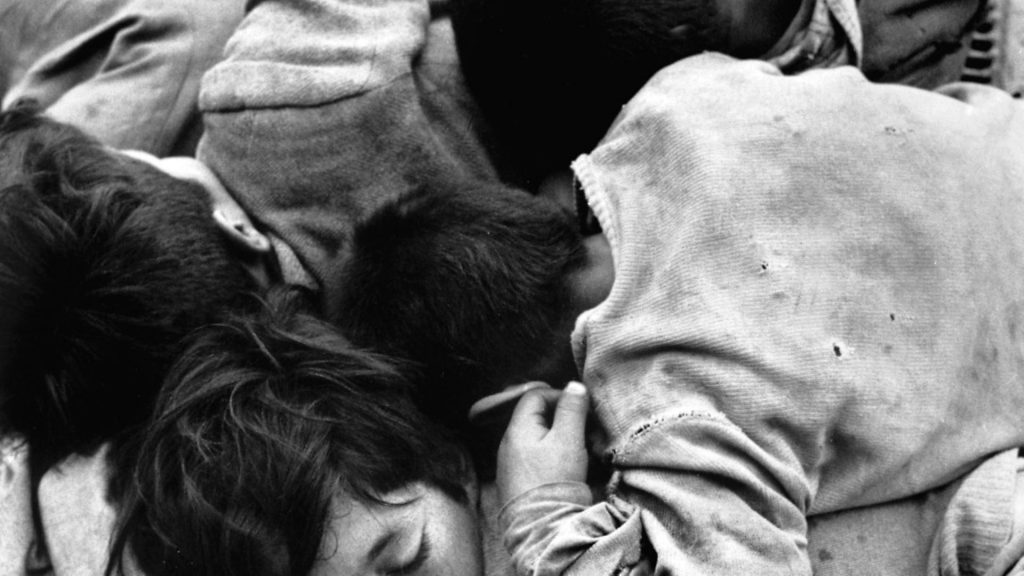
Publishing whole books was one of the ways in which Magnum photographers asserted control over their work, and created outlets beyond newsstand periodicals and papers. Subjects for books included those that would not have seen the light of day otherwise, such as San Clemente, named after the mental hospital on a Venetian island, and featuring pictures of that institution and others around the world.
A series of pictures taken in 1968 on death row in US prisons by Danny Lyon includes images not obviously of inmates. The overhead shot of two men playing dominoes is a study in squares, from the ashtray to the playing board to the table.
Photography itself seemed to be at risk with the uncertain future for film manufacturers Kodak, in a digital age. For the Rochester Project, 10 Magnum photographers went to Rochester, New York, and contributed to Postcards from America, showing not only the Kodak factory but other modest, neighbouring businesses.
Not overtly polemical, Magnum pictures often tell the truth silently, or ask inconvenient questions. Jonas Bendiksen’s 2000 photograph from the Altai Territory in Russia seems to be taken through snow, despite the grassy ground on which a space station has crashed to earth. But it is a cloud of thousands of white butterflies that dots the composition. They and other species could be at risk from the unknowable environmental damage caused by leaking rocket fuel.
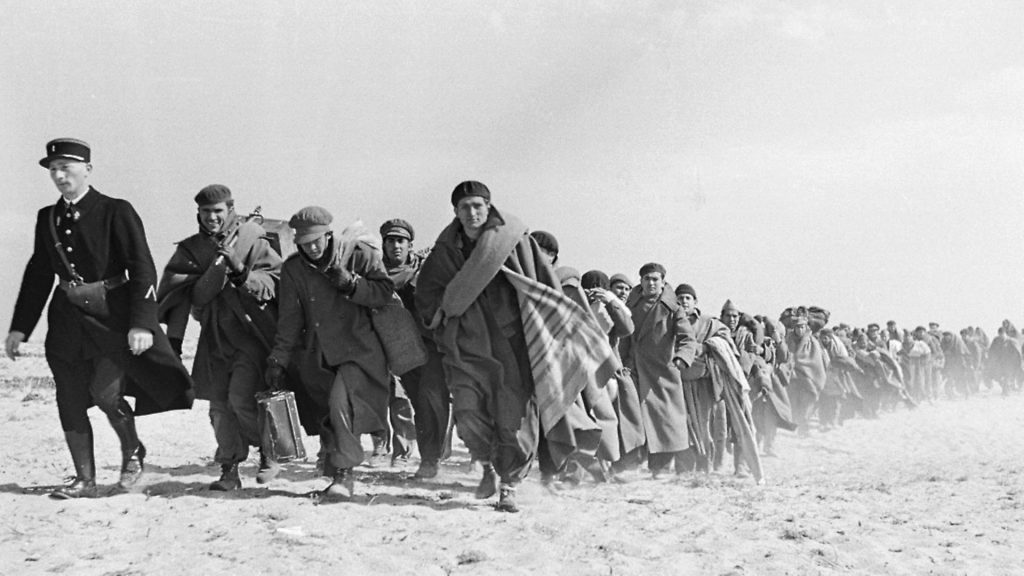
The role of president rotates. From 2013 to 2017, the position was fulfilled by the much-loved British photographer Martin Parr, a full member of the co-operative for 25 years. Parr’s work includes two slim volumes marking the end of the Communist bloc and of colonialism: a Havana still life in 2000 shows just three tins of mango baby food in a modest stack.
Confronting the task of recording the July 14, 2016, Nice terror attack, the American photographer Alessandra Sanguinetti turned her camera away from the sites and the injured, and captured instead resilience and compassion. “Amour, Paix, Solidarité #PRAYFORNICE” reads a placard among many written and displayed by residents, including one who narrowly missed being caught up in the attacks with her 15-month-old.
In Afghanistan an extreme interpretation of the Koran’s warnings against idolatry currently forbids even simple portraiture, except for passport ID. German-born Thomas Dworzak, president of Magnum since 2017, found in the abandoned Kandahar studio of a passport portrait photographer pictures that had been romanticised with flamboyant wear and colourful backdrops, and touched up. He collected the unclaimed photos, published them in book form as a tribute to the art of the photographer and touch-up artist, and shows them attractively in locally-made frames, defying the Taliban’s preferred and fearful image.
Perhaps of all the positive events of Magnum’s first 70 years, none had such visual impact to the modern viewer as the fall of the Berlin wall, as recorded by Mark Power in his book, Die Mayer ist weg! (The wall is down). Recording another conflict, a picture by Magnum co-founder Robert Capa from 1939 predates Magnum, but bears witness to his influential early work. A solitary uniformed guard, as weary as the men behind him, leads Spanish men from one internment camp to another, their numbers so great they disappear in a haze of sand and sunlight.
Capa died in a minefield on May 25, 1954. Dworzak, visiting the place near Hanoi where Capa fell, records the exact spot on his phone map in 2015, alongside Capa’s own last picture. Knowing when to press the shutter – that’s the Magnum way. Photographing the site of Capa’s death, once more a productive paddy field, Dworzak waits for a little funerary procession of white waterfowl.
Magnum Manifesto is at Compton Verney, Warwickshire, until December 15











